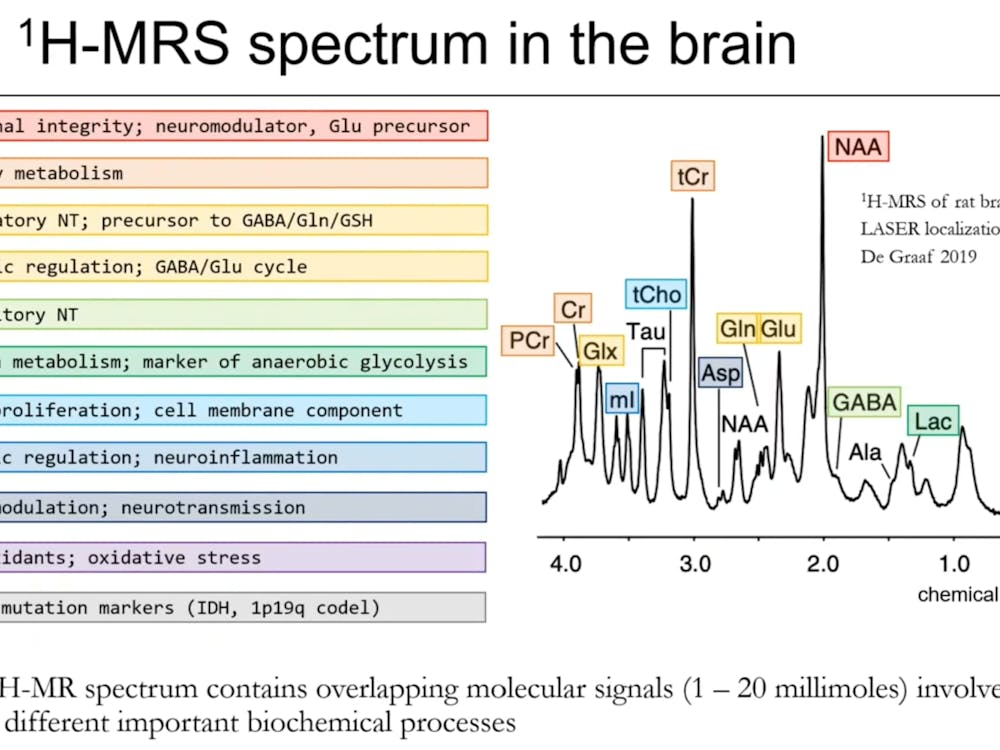In modern day society, countless wifi, radio and microwave signals are given off from electronic devices such as cell phones. These signals are essential in connecting people to social media and to each other. However, manufacturing signals requires energy that is wasted after they finish transferring their information. In the face of a looming energy crisis, scientists are searching for methods that can convert these signals into usable energy, minimizing the loss of energy when an electronic device is used. A promising method has been discovered recently by a research team led by Steven A. Cummer, an electrical and computer engineering professor at Duke University.
The device created at Duke utilizes principles similar to those of solar panels. The main purpose of the instrument is to convert microwave signals to DC voltage, which can then be used to recharge a small electronic device. The device consists of metamaterials — artificial materials that can exhibit exotic behaviors not found in natural products. The metamaterial under study is the SRR, a split-ring resonator. The SRR can then be tuned to a particular resonance frequency. By producing a resonance, the SRR can couple to a magnetic field, which when in the presence of circuit elements, produces electricity. The metamaterial cells work much like a spring moving back and forth at its resonant frequency. The alternating signal produces a current.
Initial trials with the device show stunning success. By tuning the SRR to a frequency that corresponds to a microwave signal, the array of SRRs are able to convert the signals into electricity. The recovery of the energy in the microwave signal is about 37% and when five arrays are connected in parallel, 7.3 Volts of power are detected. Through optimization, the researchers determined that the device is more efficient when multiple SRR arrays are connected than any single unit. When units of SRR are individually used, some energy is lost because of the fringing effects. At the sides of the waveguide, a feature of the device that directs and focuses the microwave signals, there are fringing effects, reducing the amount of signal transmitted to the SRR. By coupling multiple SRR panels together, the fringing effect is minimized, making the device more efficient.
Even though the device produces a workable prototype in converting signals into energy, the idea is not new to the engineering world. Multiple devices are capable of capturing and converting signals into energy but few have the efficiency of the device developed by the researchers at Duke. Devices that do not feature similar designs have achieved conversion rates of around 10%. As a result, the efficiencies are not high enough to be a practical component of electronics. However, with this new design, it may be possible to integrate metamaterials into portable electronics in order to maximize battery life. Metamaterials, with their exotic properties, are increasingly gaining popularity and may offer a solution to many more problems in the near future.




